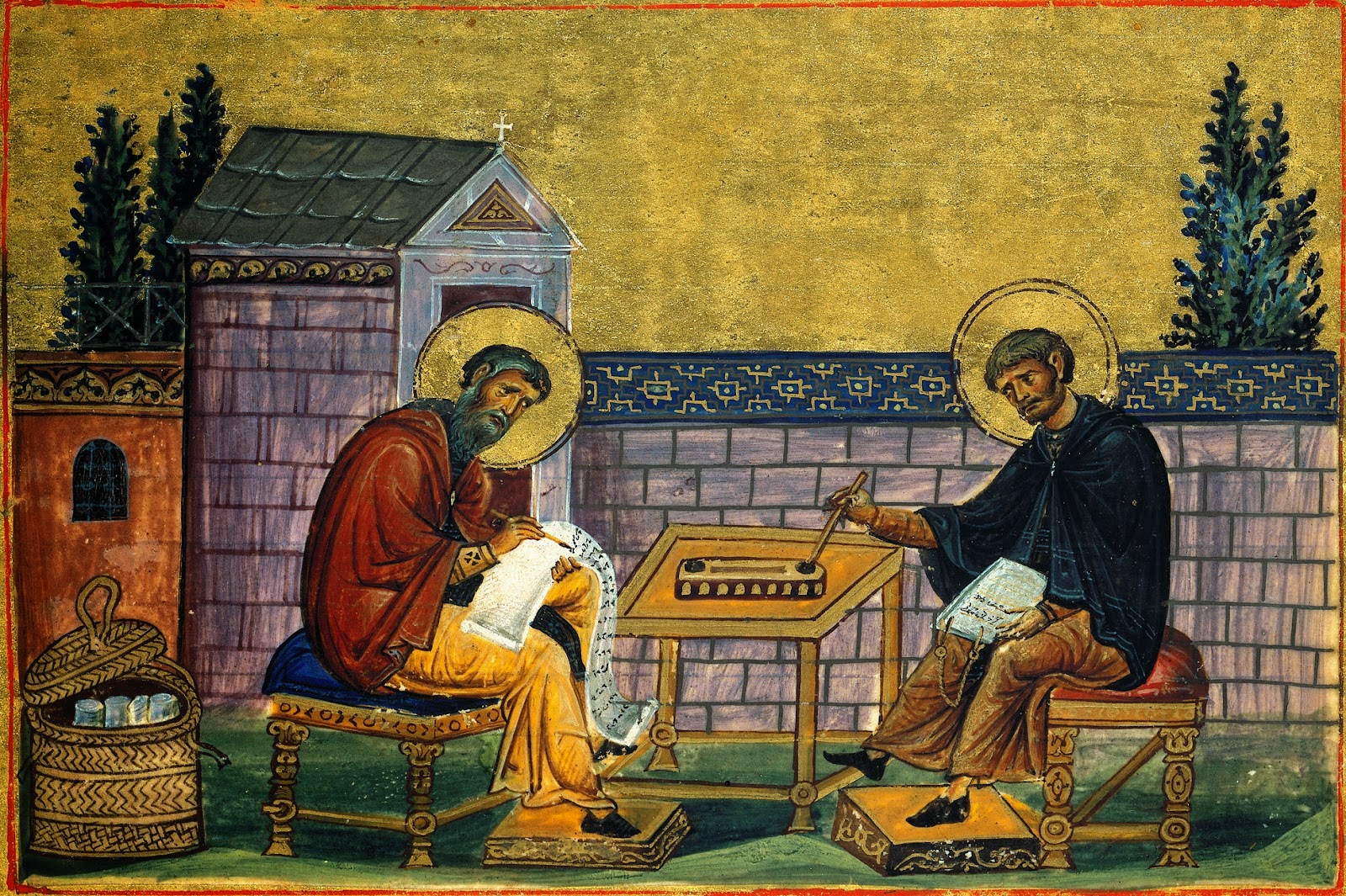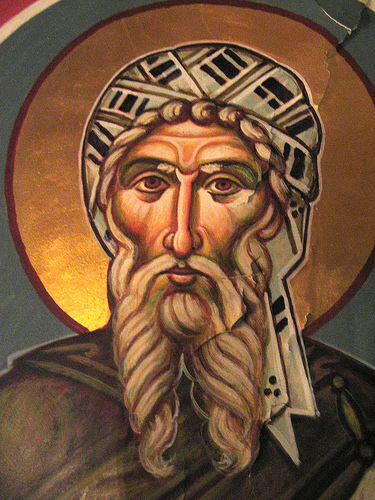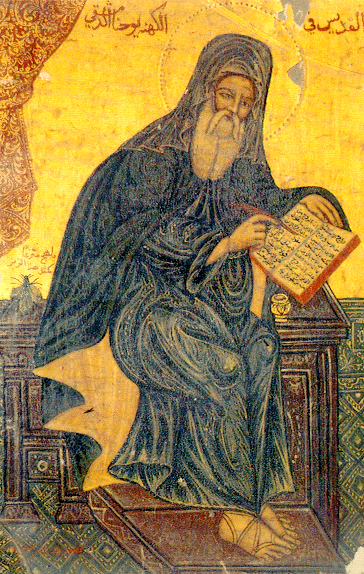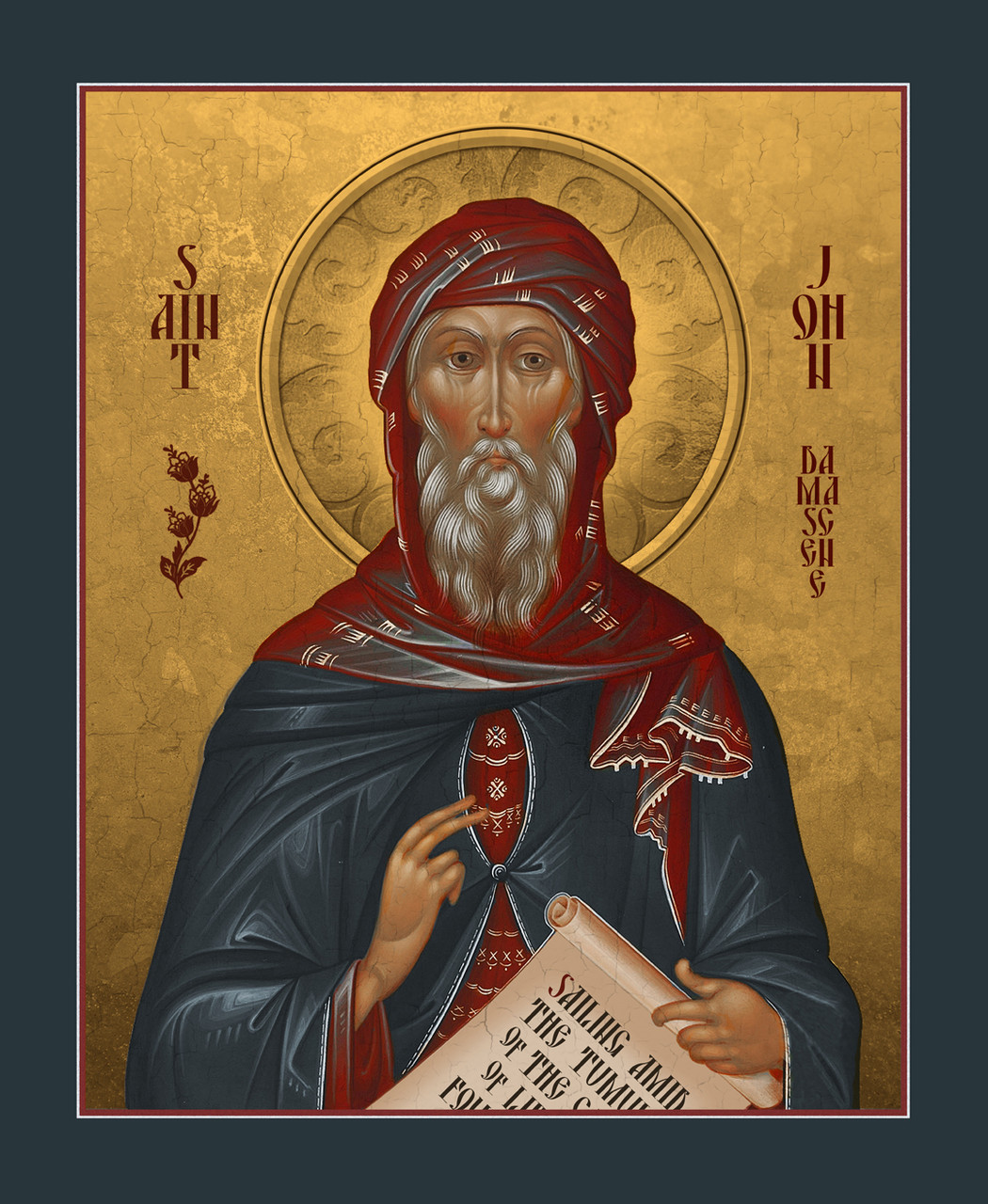“The whole earth is a living icon of the face of God.”
REAL HEROES! – Saint John of Damascus
John was born in Damascus in 676, to a prominent Christian Arab family. His father, Sarjun ibn Mansur, served as an official of the early Umayyad Empire, the 2nd of which after the death of the Islamic prophet Muhammad. His grandfather, Mansur ibn Sarjun, was a prominent and high-ranking Byzantine official, who had been responsible for the taxes of the region during the reign of Emperor Heraclius.
His father, who had amassed great wealth, devoted his resources to freeing Christian slaves.
John was baptized immediately upon his birth and his father was anxious to keep his son from war and piracy, which were common of the area, and appealing to the youth. Instead, he insured John was devoted to the pursuit of knowledge.
A monk named Cosmas had been captured with pirates, along with fellow Christians, and they were set for execution. The other slaves fell at Cosmas’ feet asking him to persuade Jesus to intervene on their behalf. John’s father had witnessed this, begged for and bought the monk’s life from the Saracen governor, gave him his freedom, and asked him to tutor his son in the ways of the Lord.
As John grew, he impressed those he encountered. When he came of age, he was reluctant in accepting a position with the empire which was higher than his fathers as one of the tax officials.
In the early Catholic faith, the making and veneration of portraits of Christ and Saints were opposed as the possibility of idolatry, but the use of icons gained in popularity due to their symbolic nature of images and the dignity of created matter.
During his time as a government minister, John wrote 3 Discourses on Sacred Images, defending their veneration against the Byzantine emperor Leo III and the Iconoclasts, who sought to destroy all religious images.
It was before the writing of the 2nd Discourse that he was ordained a priest, which provided authority and commission. The 3 treatises were copied and spread throughout Christianity.
Soon afterwards, John became a monk at Mar Saba, near Jerusalem, and there he passed the rest of his life studying, writing, and preaching, acquiring the name, “the Golden Orator”.
Among his approximately 150 written works, considered the most significant is the Pege Gnoseos, or “The Source of Knowledge”, which is a synthesis of Christian philosophy and doctrine that was influential in directing the course of medieval Latin thought and a principal textbook in theology.
John died on December 4, 749, at the monastery.
The Iconoclasts obtained a condemnation of John at the Council of Hieria in 754 but it was reversed at the 2nd Council of Nicaea.
He was declared a Doctor of the Church by Pope Leo XIII.
His feast day is December 4.
For God’s Glory.



